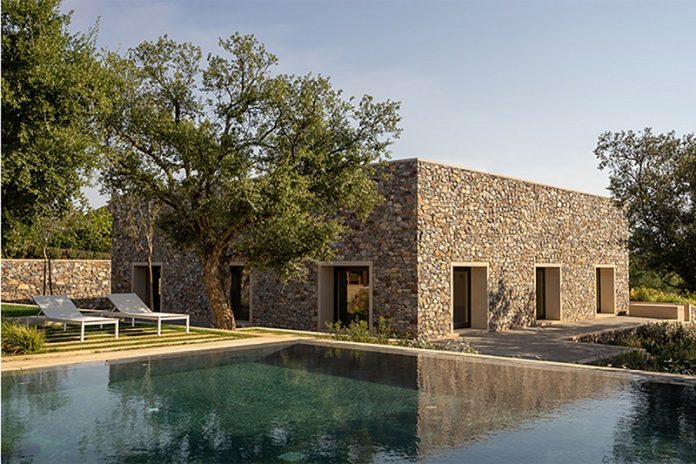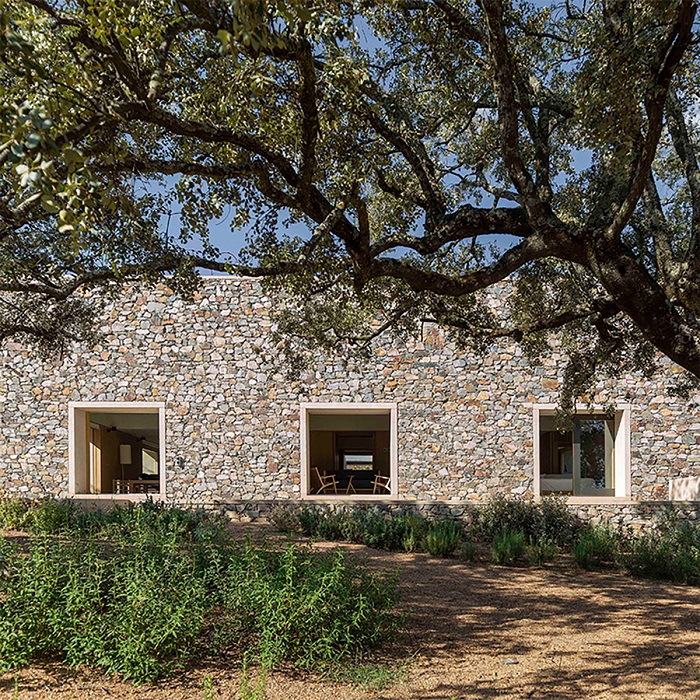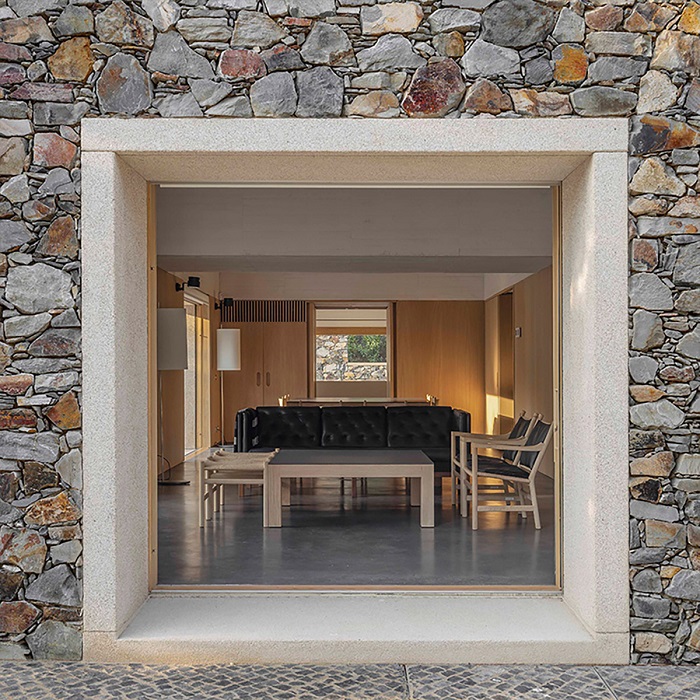The name that the designers used to define this architecture is unequivocal and readily understandable: “casa de piedra”.
And if “casa-home” is the primaeval archetype of building, “casa di piedra-stone house” becomes the quintessence of stone architecture. Starting from this assumption, the home designed by Emilio Tuñón with Carlos Martínez Albornoz in Cáceres in Extremadura in central-western Spain provides the opportunity for a refined compositional exercise focusing on the theme of squares.







 Nine squares within a square
Nine squares within a square Form and material
Form and material





























